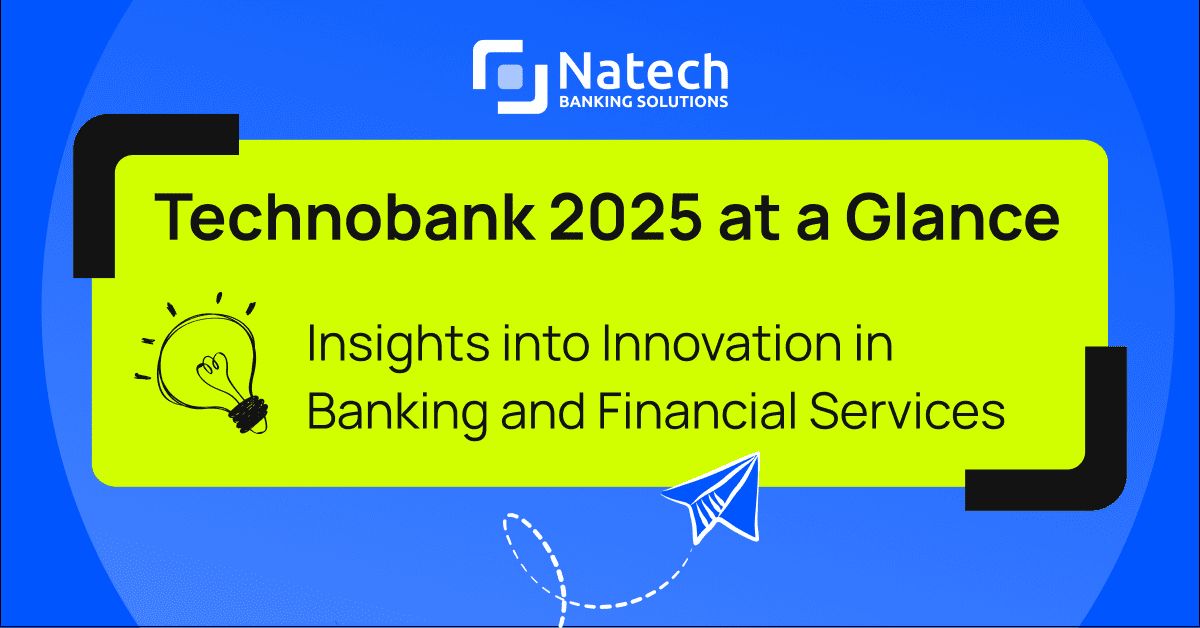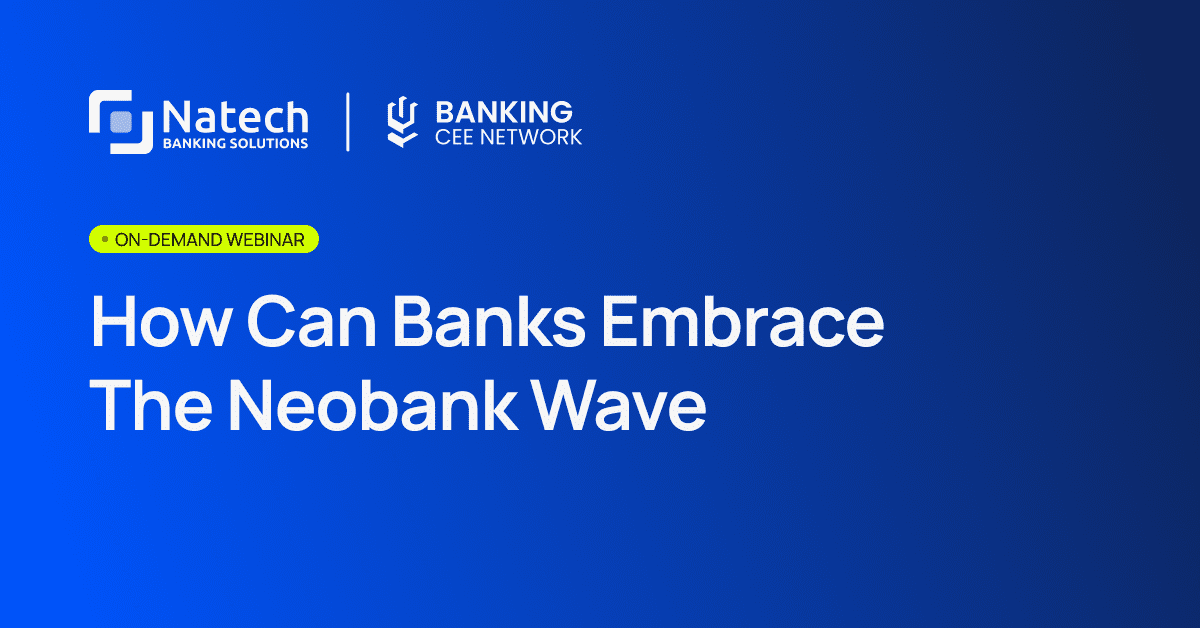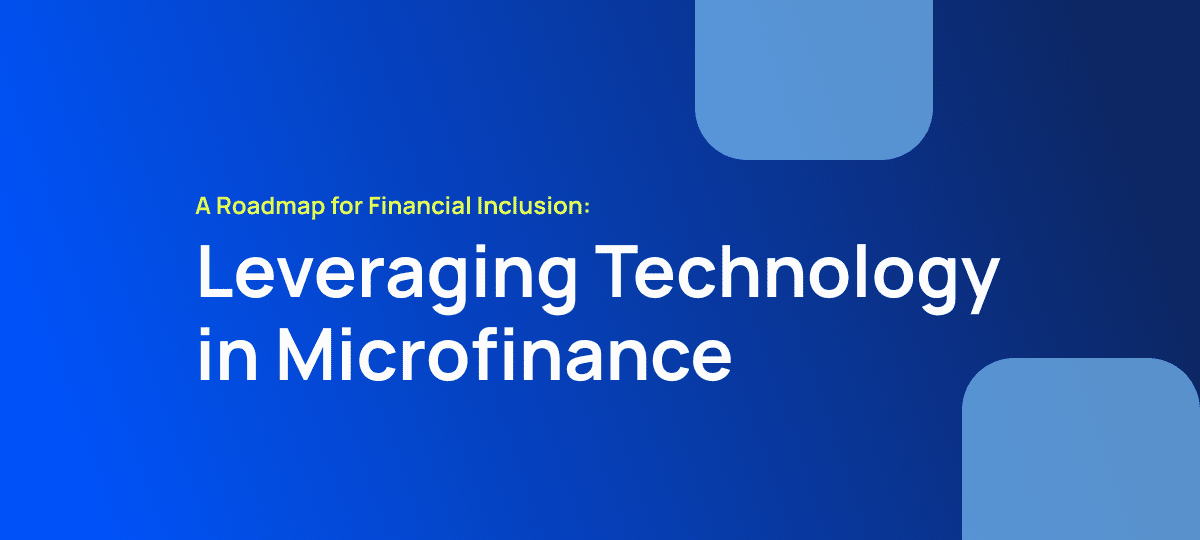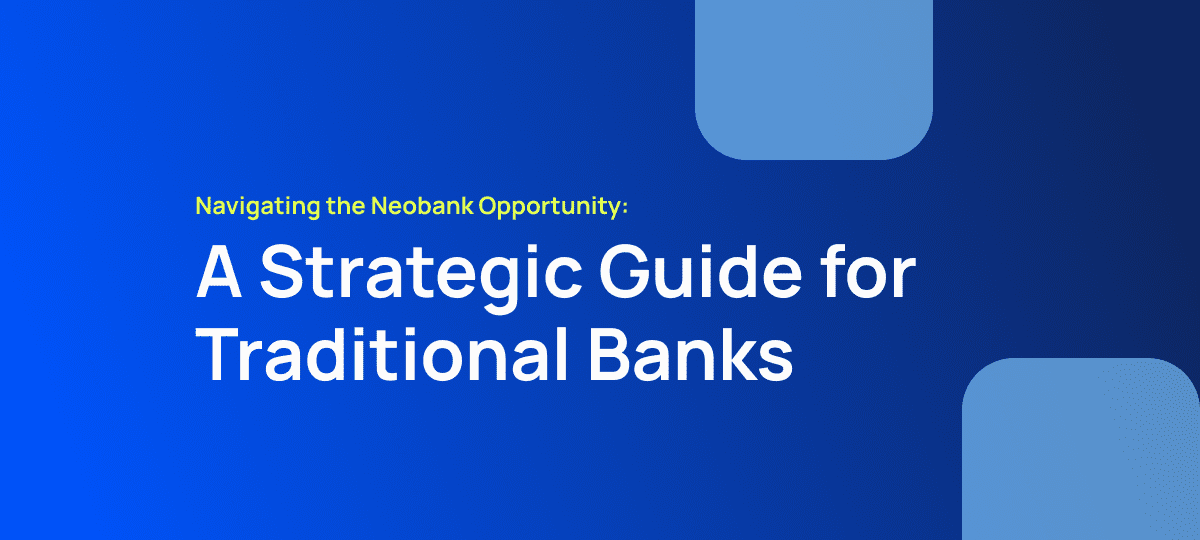The Rise of BaaS and Why It Matters to Retailers

Just as Google Maps transformed the logistics industry, seamless mobile-based payments have revolutionized the way fintech firms and non-banking businesses engage customers.
While Banking-as-a-service (BaaS) stemmed from the need for dedicated payment applications, it has made inroads into the mobile apps of non-banking vendors in the form of embedded finance. The primary goal is to facilitate an uninterrupted customer experience, allowing people to shop and pay for their purchases on the same platforms. This is one of the main factors propelling the embedded finance sector, which is expected to reach $121.5 billion, expanding at a CAGR of 21.4% from 2022 to 2029.
The Evolution of BaaS
E-commerce platforms were the early adopters of BaaS and have benefitted tremendously from this. With its widespread adoption, BaaS has become increasingly powerful, allowing online retailers to offer more payment and financing options to customers without ever having to leave their mobile app. Embedded finance, which has transformed the customer journey, has many avatars. Here’s a look at some of them.
1. Embedded Payments
Baas has made payments possible from the mobile app of the retailer with the touch of a button. This is widely used by online retailers, freight providers, food deliveries, and even local vendors. Uber, Amazon, Lyft, and Starbucks are among the early adopters of embedded payments.
2. Embedded Lending (Buy Now, Pay Later)
Online retailers can now offer shoppers a rolling credit facility. Shoppers can make big or small purchases immediately and pay for their shopping at the beginning of the next month or on payday. For big-ticket items, shoppers can choose to split their payment over months. Embedded lending has eliminated the excessive paperwork, lengthy approval process, and even coordination with the lender. Often, shoppers do not even know or care about the underlying credit provider.
UK-based supermarket, Flava offers shoppers an initial credit of £100, which can increase to as much as £320 per order with regular and timely repayments.
3. Embedded Insurance
Legacy insurance systems are known to be slow to approve and disburse insurance. The growing awareness of the subject and the integration of this service within applications have helped both the customers and the providers. As people are more likely to buy from brands they recognize, insurance
providers can approach prospective customers through their preferred brands. Customers benefit from a simplified insurance process. For instance, Tesla allows its customers to instantly purchase car insurance for their vehicles at lower prices than offered by traditional insurance providers.
4. Embedded (Branded) Cards
These are a convenient alternative to cash. Users can transfer payments electronically on their cards and use the money to make purchases. The payments are secure, fast, and cost-effective. In addition, these privately labelled cards improve revenues and increase customer retention. PayPal allows its users to get a debit card, which can be used to withdraw payments from an ATM without the standard 2 to 3 days waiting period normally taken for remittances to clear.
5. Embedded Investments
Embedded investments have simplified the tedious investment process, making the global financial markets more accessible. The user does not even have to transfer the money as the app takes care of that and helps manage the portfolio too.
6. Embedded Banking
This helps businesses provide seamless banking services in a cost-efficient way to their customers. For instance, Shopify and Grab are not banking or fintech businesses but have leveraged fintech innovations to offer their customers access to lending and banking services, thanks to BaaS. All these
functionalities have helped businesses grow their revenues by removing financial obstacles for their customers.
How is BaaS Helping Retailers?
In Europe, 92% of businesses are planning to embed banking, 83% to embed payments, 28% insurance, and 23% lending in their non-financial business applications by 2025. This is because BaaS has unlocked many opportunities for retailers by creating new revenue streams and simplifying the customer journey:
- By 2025, businesses are planning to embed new services in their nonfinancial applications (92% banking, 83% payments, 28% insurance, 23% lending).
- Embedding financial services within their applications increases customer loyalty and retention by offering a seamless experience.
- Shoppers are less likely to abandon carts when there are no errors or delays in the payment process.
- Retailers can increase their sales by offering credit to shoppers.
- Retailers can use the existing banking infrastructure, which has all the regulatory approvals and ensures compliance as part of its process. The retailer’s app can integrate all the financial services without having to navigate the complex regulatory framework or even setting up the backend processes. This reduces the cost and time to market.
- BaaS gives retailers an integrated, scalable option for connecting users with banking services, while continuing to be the customer-facing partner. This elevates the brand experience.
- Data insights into consumer spending habits help retailers personalize their offerings, include deals that matter to specific customers and tweak their range of products according to customers’ shopping habits.
- Retailers can focus on their core business by simply using API-based solutions to accomplish embedded finance goals.
- API-based banking solutions also help retailers remain agile. Financing options can be changed or upgraded with negligible cost implications.
Digital natives require a seamless, completely digital experience. They are comfortable using the services of new fintechs and neobanks. As they become more familiar with the conveniences offered, retailers will need to embed the right services to serve their needs.
With mobile banking penetration expected to reach 76% in 2023,3 fintech is poised to bridge the gap between banks and retail brands. At Natech, our easy-to-customize solutions with API-based plug-and-play architecture, empower businesses to effortlessly integrate financial services within their existing ecosystem.
Contact us today to unleash the power of BaaS for your retail brand.












